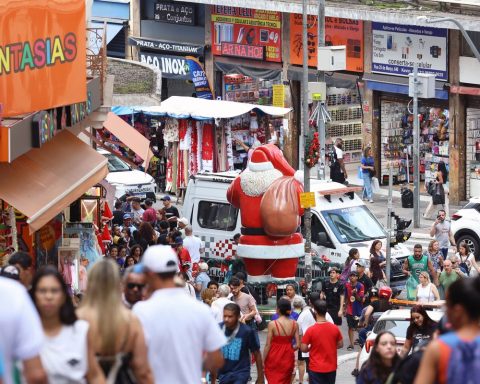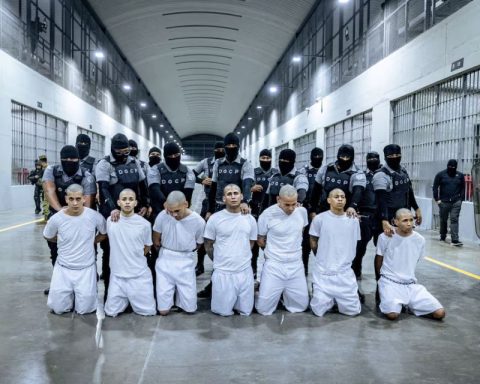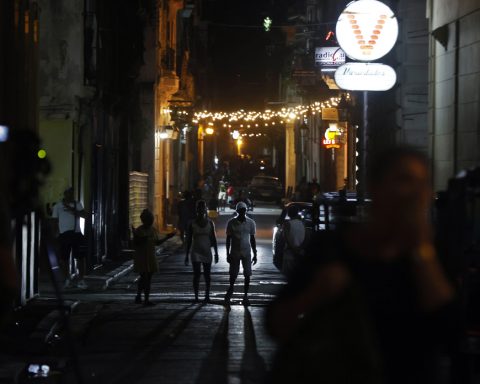Casa de Reza was the first stop for those who accepted the invitation, this Sunday morning (29), to get to know the Guarani territory in São Paulo during the first edition of the Yvy Porã Festival “Jaraguá é Guarani”. With the tangará and xondaro dances, the Guarani welcome participants in one of the activities planned in the program: the Tape Porã Trail (Bom Caminho) through the Atlantic Forest. “The Warriors [na dança] they welcome people showing that our way of resisting is to dodge the obstacles that appear, not fight”, explains xondaro Tiago Karai, one of the guardians of the indigenous land.
“It is an opportunity for our territory to dialogue with you, and for you to dialogue with our territory. That through information and dialogue we can break this prejudice and this ignorance”, says Karai when receiving the guests. The Jaraguá Indigenous Land (TI) is still facing legal disputes for the definitive demarcation of land. In 2017, Ordinance 693 of the Ministry of Justice and Public Security reduced the size of the TI to 1.7 hectares, when the demarcation process indicated that the reserve should be 512 hectares. An injunction, that same year, suspended the ordinance.
The first stop, after the presentation at Casa de Reza, is the Meliponário, the Eira Nhangareko space, which brings together just a few of the more than 500 boxes that are kept in the territory. They are native stingless species, called indigenous bees. “The native bees have always had a sacred bond with the Guarani people, our sacred name comes from the candles made from beeswax and the bark of these trees that we are seeing here, like the cedar”, explains Karai. Nine species of bees are created that were already extinct in that territory. “We protect the yellow jaguar, the mandaçaia, the mandaguari, the tubuna, the arapuá, the jataí, mirim, the marmalade, the borá”, he lists.
The trail also included a presentation of Guarani traps, at the Jeporaka Reko Reguá space. The indigenous people explain that, even without hunting, this ancestral knowledge is passed on from generation to generation, strengthening ancient roots. Lúcia Rodrigues, 68, came to the festival with friends. She did not know TI and, despite observing a certain precariousness, she said she felt transformed by the visit. “It’s sad that a people has to ask for their survival, but at the same time, it’s a lot of courage”, she points out. The walk through the forest ends with traditional Guarani music, before returning to the other activities on the schedule.
The architecture student Isabela Cabelo, 22, lives in Santana, a neighborhood in the north of São Paulo, and did not know about the existence of the indigenous territory. “It is very important to know and know this fight that has always been. Everyone should support the cause,” she told the Brazil Agency. She was accompanied by the analyst of marketing Josué Assis, 21 years old, who also did not know TI and said he was surprised by the territory within São Paulo. “History always moves me, so understanding our roots, where we come from, is very important”, he pointed out.
Schedule
In addition to the trail, the festival presented several attractions of the Guarani culture, such as the sale of typical foods, visual arts and handicrafts. Throughout the day, conversations were held on topics such as indigenous dialects, youth and prevention, politics and resistance.
In the musical attractions, Coral Guarani Mbya, Xondaro Nômade, Karaí Ruvixá, Owerá, Eric Terena, Brisa Flow, Ian Wapichana, Kantupac, Dead Bolsonnaro’s, Carlos Xavier, Katu Mirim and Indaiz performed.
















